Route Optimization: The Key to Efficient and Cost-Effective Deliveries
- Jul 03, 2024
In today’s fast-paced world of e-commerce and on-demand services, efficient delivery operations are crucial for business success. One of the most powerful tools in a delivery company’s arsenal is route optimization. But what exactly is route optimization, and how does it revolutionize the delivery process? Let’s dive in and explore this game-changing technology.
What is Route Optimization?
Route optimization is the process of determining the most efficient path for a vehicle or fleet to take when making multiple stops. It goes beyond simply finding the shortest distance between points A and B. Instead, it considers a multitude of factors to create the most time and cost-effective routes for delivery drivers.
The goal of route optimization is to minimize travel time, reduce fuel consumption, increase the number of deliveries per driver, and ultimately improve customer satisfaction through timely and reliable service.
How Does Route Optimization Work?
At its core, route optimization relies on advanced algorithms and data analysis. Here’s a breakdown of how it typically works:
1. Data Input: The system starts by ingesting relevant data, including:
– Delivery addresses
– Time windows for deliveries
– Vehicle capacities
– Driver schedules and break times
– Traffic patterns
– Road conditions
– Weather forecasts
2. Algorithm Processing: Sophisticated algorithms process this data to generate optimal routes. These algorithms often use techniques such as:
– Graph theory
– Linear programming
– Genetic algorithms
– Machine learning
3. Route Generation: The system creates routes that balance efficiency with other constraints, such as delivery time windows and driver work hours.
4. Real-time Adjustments: Many modern route optimization systems can make real-time adjustments based on changing conditions, such as traffic jams or last-minute order changes.
5. Performance Analysis: After deliveries are completed, the system analyzes performance data to continually improve future route planning.
Benefits of Route Optimization
The implementation of route optimization can bring numerous benefits to delivery operations:
1. Reduced Fuel Costs: By minimizing unnecessary mileage, companies can significantly reduce fuel consumption and costs.
2.Increased Efficiency: Optimized routes allow drivers to complete more deliveries in less time, increasing overall productivity.
3. Improved Customer Satisfaction: More accurate delivery estimates and on-time arrivals lead to happier customers.
4. Lower Labor Costs: Efficient routing means less overtime and more deliveries per driver shift.
5. Environmental Impact: Reduced mileage and fuel consumption translate to lower carbon emissions, supporting sustainability goals.
6. Better Asset Utilization: Optimized routes ensure that vehicles are used to their full capacity, reducing the need for additional vehicles.
7. Data-Driven Insights: Route optimization systems provide valuable data on delivery performance, helping businesses make informed decisions.
Challenges in Route Optimization
While route optimization offers significant benefits, it’s not without challenges:
1. Data Quality: The effectiveness of route optimization depends heavily on the quality and accuracy of input data.
2. Dynamic Variables: Real-world conditions like traffic and weather can change rapidly, requiring systems to be highly adaptable.
3. Complex Constraints: Some deliveries may have special requirements (e.g., specific time windows, and vehicle types) that add complexity to the optimization process.
4. Implementation and Training: Adopting new routing systems often requires significant changes to existing processes and thorough staff training.
The Future of Route Optimization
As technology continues to advance, we can expect route optimization to become even more sophisticated:
1. AI and Machine Learning: These technologies will enable systems to learn from past data and make even more accurate predictions and optimizations.
2. Integration with IoT: Connected vehicles and smart city infrastructure will provide real-time data for more precise routing.
3. Autonomous Vehicles: As self-driving vehicles become more prevalent, route optimization will need to adapt to new capabilities and constraints.
4. Multi-modal Optimization: Future systems may optimize routes across different modes of transportation (e.g., combining truck deliveries with drone deliveries for last-mile solutions).
5. Predictive Analytics: Advanced analytics will allow businesses to anticipate demand and optimize routes proactively rather than reactively.
Route optimization is more than just a trend in the delivery industry—it’s a fundamental shift in how businesses approach logistics. By harnessing the power of data and advanced algorithms, companies can significantly improve their delivery operations, reducing costs while enhancing customer satisfaction.
As e-commerce continues to grow and customer expectations for fast, reliable deliveries increase, route optimization will play an increasingly crucial role in staying competitive. Businesses that embrace this technology and continuously refine their approach to route optimization will be well-positioned to thrive in the evolving landscape of delivery services.
Whether you’re running a small local delivery service or managing a large logistics operation, implementing route optimization can be a game-changer. It’s an investment that pays dividends in efficiency, cost savings, and customer satisfaction—essential elements for success in today’s fast-paced delivery world. Want end-to-end e-commerce solutions for your business? Connect with our team today and soar your business to new heights.
You May Also like This
Popular Posts
-
 Emotion AI in eCommerce: Reading Customer Sentiments to Enhance Experiences
Emotion AI in eCommerce: Reading Customer Sentiments to Enhance Experiences -
 AI-Powered Pricing Strategies: Staying Competitive in the eCommerce Marketplace
AI-Powered Pricing Strategies: Staying Competitive in the eCommerce Marketplace -
 Subscription Models: Why eCommerce Brands Are Betting on Recurring Revenue
Subscription Models: Why eCommerce Brands Are Betting on Recurring Revenue -
 Sustainability in eCommerce: How Brands are Meeting Green Consumer Expectations
Sustainability in eCommerce: How Brands are Meeting Green Consumer Expectations -
 Mobile-First eCommerce: Adapting to the Shift in Consumer Behavior
Mobile-First eCommerce: Adapting to the Shift in Consumer Behavior







